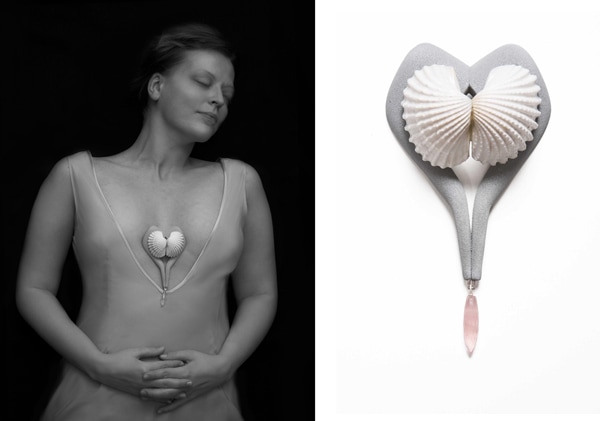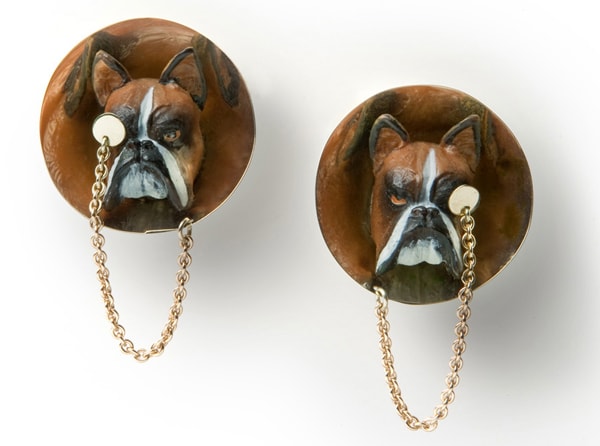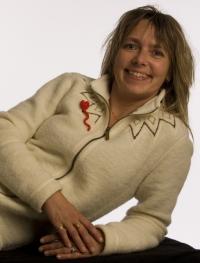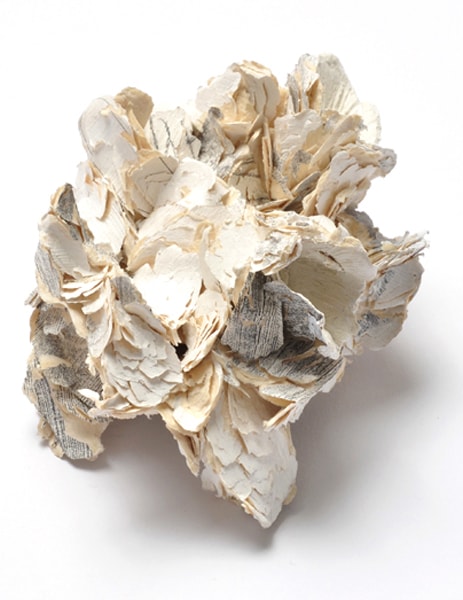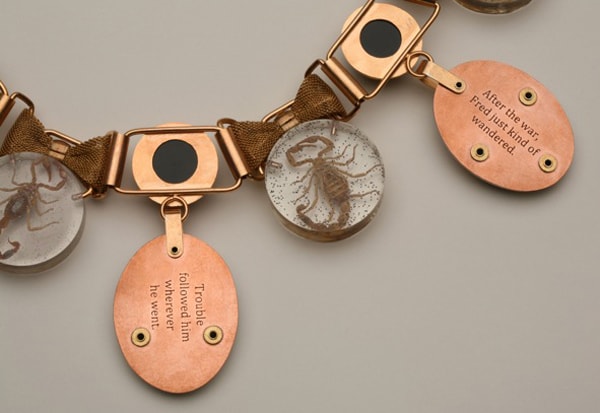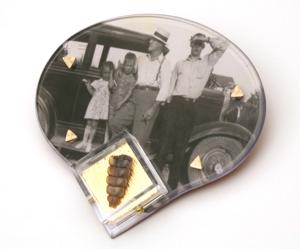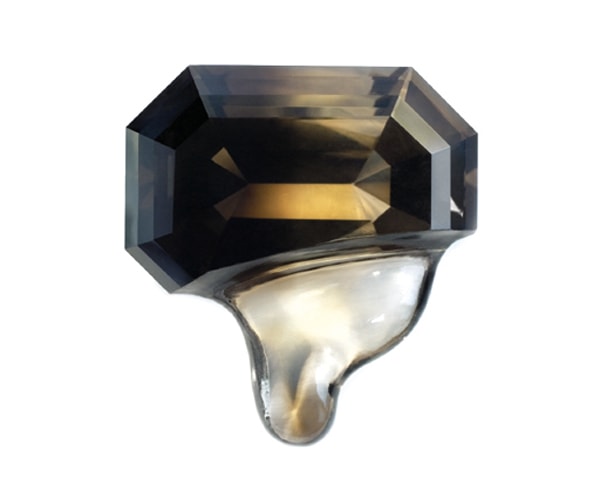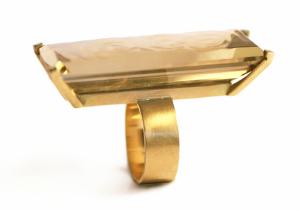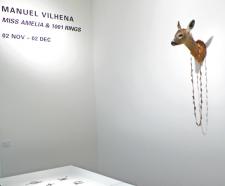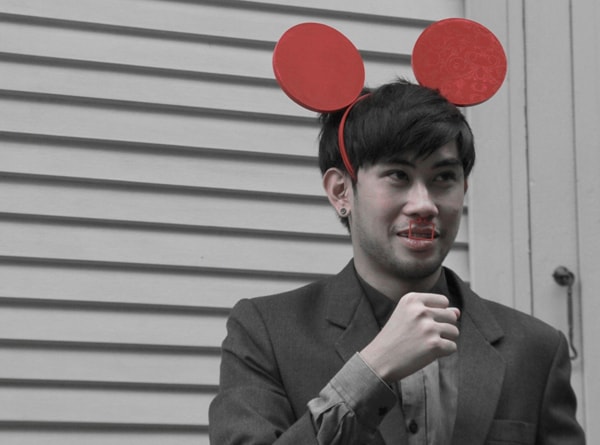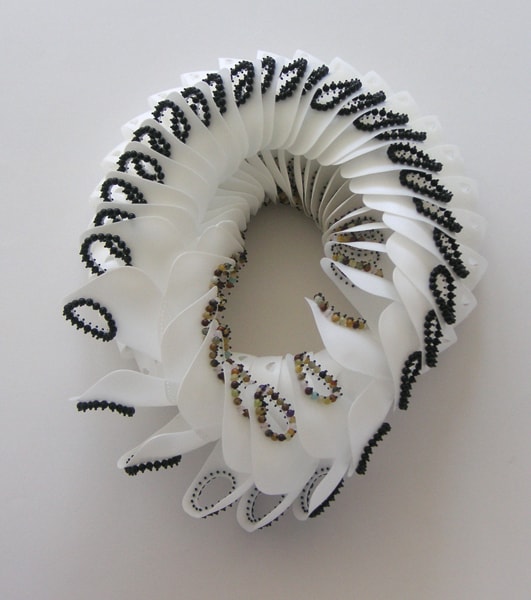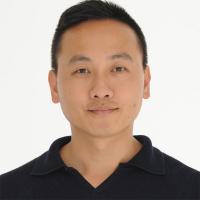Tanel Veenre: Interview
 During his travels in Estonia, Center for Craft Creativity & Design fellow Aaron Decker connected with Tanel Veenre for another installment in his series of fascinating interviews with artists he met along the way.
During his travels in Estonia, Center for Craft Creativity & Design fellow Aaron Decker connected with Tanel Veenre for another installment in his series of fascinating interviews with artists he met along the way.
Aaron Decker: Tanel Veenre is an intensely sharp artist. His scope of work encompasses a deep search into oneself, not literally, but through the winding road of following one’s mind and hands to make the path less traveled easier to navigate. With sensitivity to materials, color, and scale, he works like a maestro constructing visionary worlds through jewelry. Tanel will be exhibiting My Kingdom during Schmuck (March 8–10, 2013) at The Foundry in Munich, Germany (Schleißheimer Str 72).
How did you come to jewelry? What is your artistic past?
Tanel Veenre: There have been four or five generations of music teachers and musicians in my family. I think my father hoped I would become a musician, but I’ve felt a strong urge to make things with my hands since I was very young. If I picture myself as a child, I see myself on the floor drawing, just sitting there drawing. I would make piles of drawings, and it was decided.
Tanel Veenre: Interview Read More »
